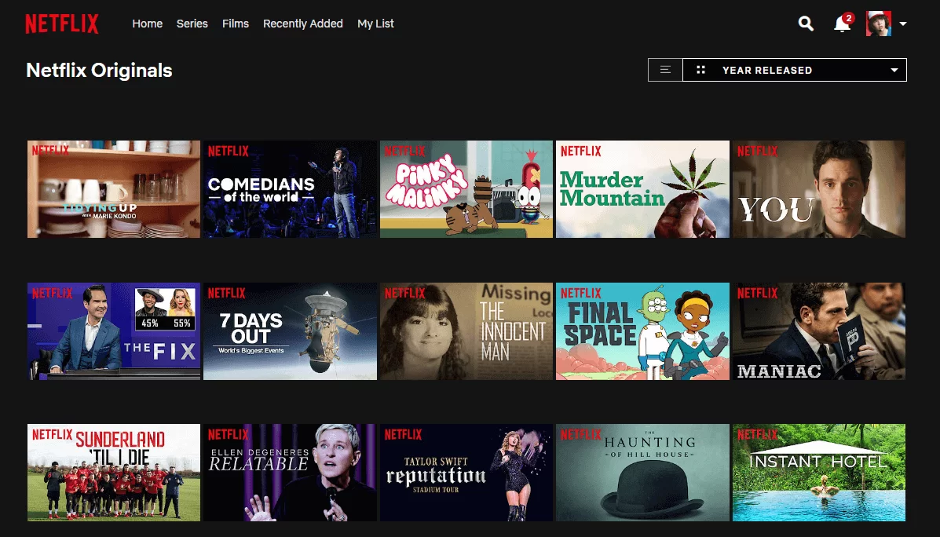Every day and throughout the day, people involuntarily reach for their mobile devices to search for answers or discover new things. More than ever, consumers expect instant gratification when using any kind of services — digital or physical for that matter. In fact, they are making decisions faster than before. A couple seconds delay in today’s terms could translate to a customer defaulting on a transaction altogether. In these micro-moments, it is crucial for brands to be there to help them, but how are we doing so?
According to research by Google, 91 per cent of smartphone users look up information while performing a task, and 69 per cent of online consumers agree that quality, timing, or relevance can influence their perception of a brand (Source: Google). With people’s increasing reliance on smartphones, the consumer journey has been fractured into hundreds of real-time and intent-driven micro-moments — each one a critical opportunity for brands to shape consumers’ decisions and behaviours.
This raises all sorts of questions for brands, but most of all – how can brands leverage these customers’ spur-of-the-moment needs?
To answer that, let’s take a moment (pun intended) to understand what micro-moments are all about.
What are Micro-Moments?

A term coined by Google in 2015, micro-moments refers to intent-rich moments when preferences are shaped and decisions made. Google segments micro-moments into four general categories – “I-want-to-know”, “I-want-to-do”, “I-want-to-go” and “I-want-to-buy” moments (Source: Google). In these moments, people reflexively turn to a device – usually a smartphone – to act on a need to learn something, do something, discover something, watch something, or buy something. In short, they are critical windows of opportunity when consumers search for something top-of-mind using their most convenient devices. Think about these scenarios as “I want” or “I need” moments when the consumers want to know something right then and there. As a brand, it is essential to be present in these micro-moments in order to stay relevant in the eyes of your consumers.
Source: Think with Google Youtube
How to Develop a Micro-Moment Marketing Strategy?
From a marketing point-of-view, micro-moments can serve as a complete game-changer for your brand because consumers are always on the lookout for brands, products, and services that meet them in their moments of need.
Here are some ways your brand can capitalise on these micro-moments and weave them into your overall marketing strategy:
1. Be There
To win in mobile, you have to commit to being there in these critical moments that truly matter. Start by identifying your consumers’ “I-want-to-buy” moments. Research shows that 90 per cent of smartphone users are not absolutely sure of the specific brand they want to purchase from when they begin searching for information online (Source: Google). Once you have anticipated when such moments are likely to take place for your target audience, commit to being there to help when these moments occur. To “be there”, you should make sure that your brand can always be found easily in these micro-moments.

Let’s take a look at a brand familiar to most: Disney. Disney’s ability to create “magical” in-the-moment experiences is unrivalled. The brand uses technology – or more specifically, wearable technology – to integrate consumers’ offline experiences with their online accounts. Take their Radio Frequency Identification (RFID) enabled MagicBands for instance. These colourful wristbands serve as an all-in-one device that effortlessly aids consumers in their transactions, making their experience at Disney World one that is truly magical and hassle-free. With MagicBands, Disney’s guests are able to unlock their Disney hotel rooms, enter parks, and even buy merchandise. As the MagicBands also give consumers Fastpass+ access, consumers are able to enjoy all the experiences without enduring the inconvenience of waiting in line or fumbling through their wallets. This is mainly made possible by Disney’s ability to leverage real-time sensor data streamed back from MagicBands to mobilise its staff to anticipate and meet their customers’ real-time needs, essentially capturing all the “I-want” moments (eg. “I-want-to-go”, “I-want-to-do”, “I-want-to-buy”, “I-want-to-book”, etc).
2. Be Relevant
However, in order to win the hearts and minds (and dollars) of your consumers, it is not enough to simply be present. You’ve got to be relevant and meet consumers’ needs in those moments and connect people to the answers they are looking for. According to Google, over half of smartphone users have purchased from a brand other than the one they originally intended to due a content’s usefulness (Source: Google). Your brand needs to provide content or experiences that are relevant to consumers in their moments of need and connect them to the answers they seek – all in an instant.

Take Netflix for example. The streaming service is a known leader in offering personalised recommendations based on an individuals’ preferences and streaming history. The brand builds a library of snackable, personalised and mobile-optimised content to feed its users during their intent-driven micro-moments. In fact, most Netflix users can testify to the service’s ability to recommend their next binge-watch series with much accuracy, highlighting titles that are highly relevant to them – ultimately influencing them to click-in to those suggestions and being hooked for the next couple of hours.
3. Be Integrated
Customer experiences do not begin and end online. According to research by Google, 75 per cent of online consumers start an activity on one device but often continue or complete it on another (Source: Google). It is crucial to connect the offline and online world to provide a seamless omnichannel experience for your consumers. Such shifts in channel integration and strategy can go a long way in impacting the holistic customer experience and overall business performance. For instance, Target – one of US’ largest departmental chains – mentioned that their omnichannel shoppers are their most valuable segment as they tend to spend three times more than single-channel shoppers (Source: Google).
Thanks to smartphones, micro-moments can happen anytime and anywhere. As brands, the onus is now on us to be present and relevant, to capture these real-time and intent-driven moments. Brands that take steps toward becoming fully moments-ready can reap tangible rewards. Start now and seize the moment!
— —
Hero image: Omid Armin, Unsplash
